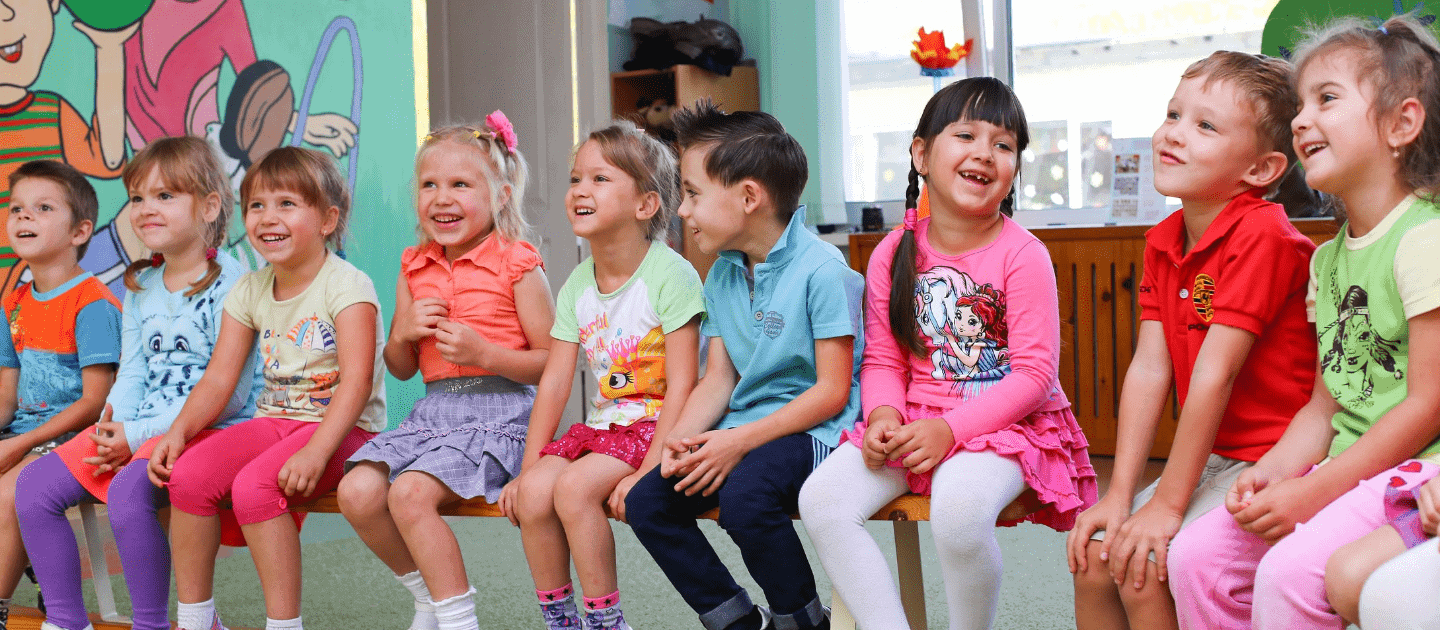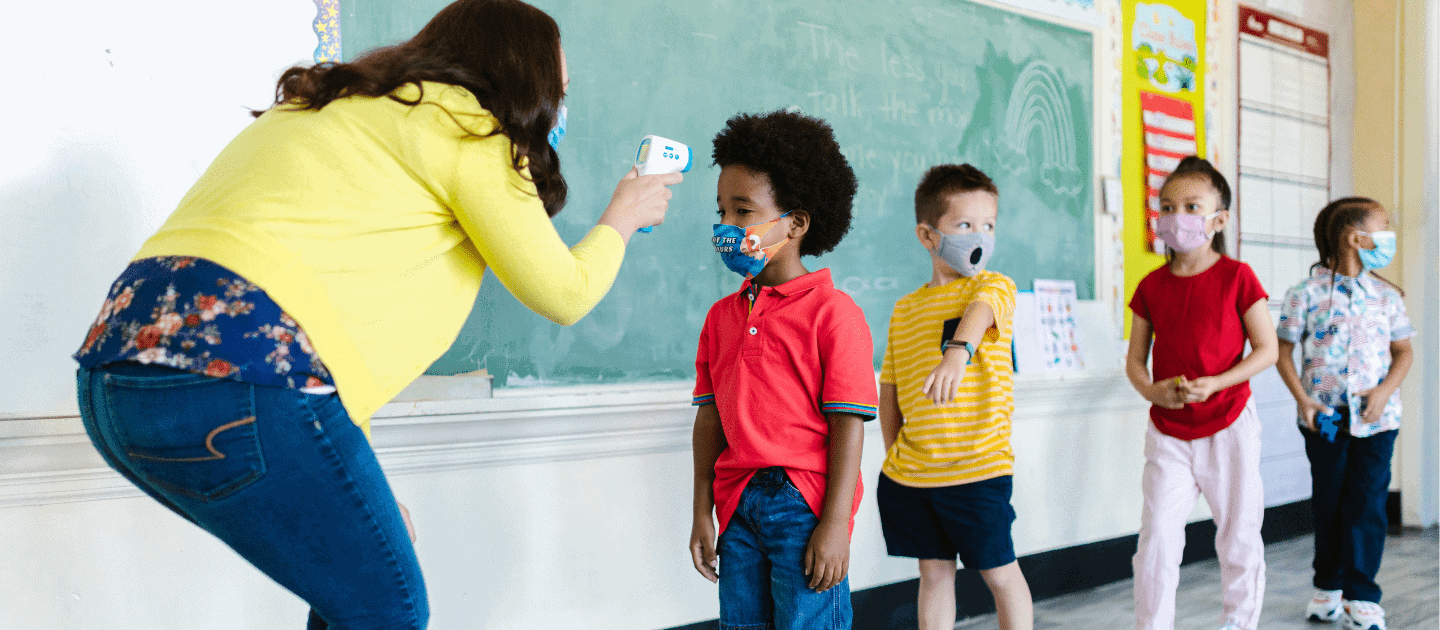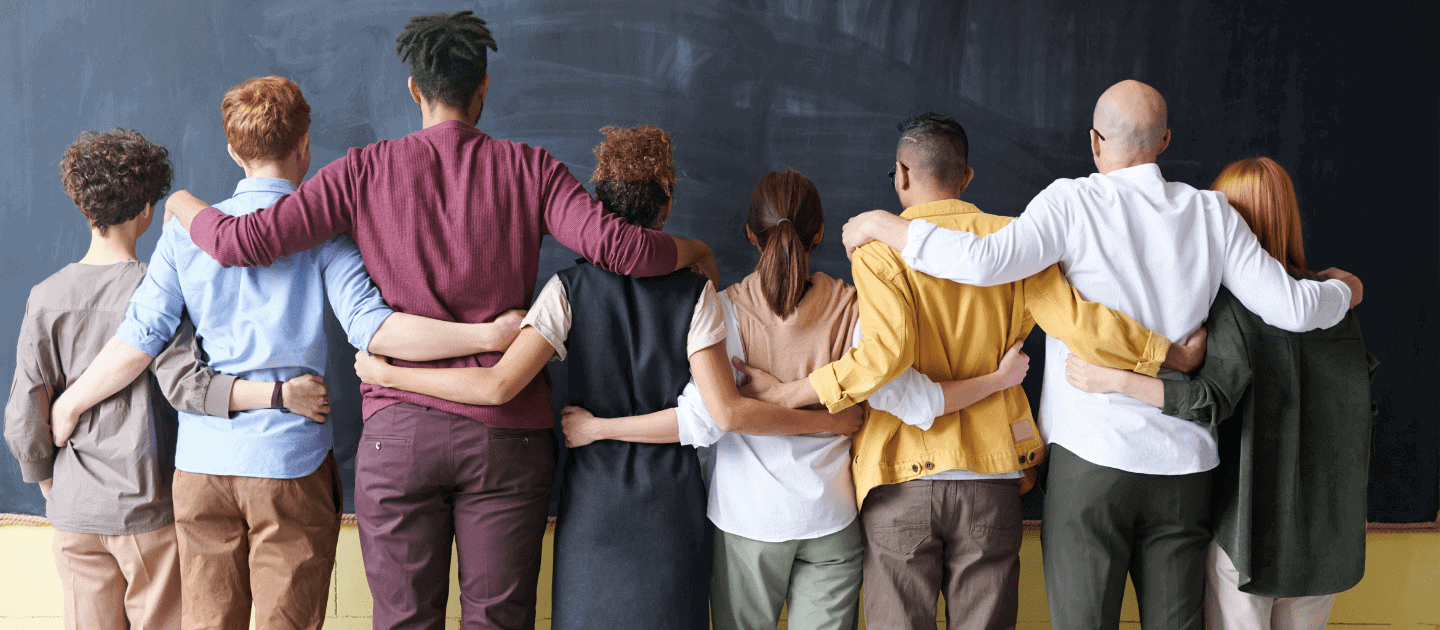Strengths and Difficulties in Children with Specific Learning Disabilities

Students with a specific learning disability (SLD) have various factors that contribute to their social, emotional and behavioral challenges.
Addressing the Spread of Misinformation about Autism & Evidence-Based Practices

The spread of misinformation about Autism Spectrum Disorder (ASD) has rapidly increased amongst the general public in recent years. By preparing professionals to be critical of information about ASD and effective practices, we can address and mitigate the spread of misinformation.
Exploring student perceptions of their learning adaptations during the COVID-19 pandemic

The change from onsite learning to online can cause students to lose motivation and efficiency in their learning. Having self-regulation skills and the use of preferred low or high-impact strategies can also affect student learning.
The Importance of Parent-Teacher Collaboration in Supporting Early Childhood Learners

In order to support early childhood learners, parents and teachers have to work hand-in-hand to ensure that the child is receiving the care they need to be successful in school.
Supporting Social and Emotional Learning for Students with Disabilities: Are Universal Interventions Effective?

Social and emotional learning (SEL) continues to grow in popularity in school curriculums as a means to promote academic success and healthy development.
Socially Distanced Teaching: The Mental Health Impact of the COVID-19 Pandemic on Special Education Teachers

Special educators were already experiencing high rates of stress and burnout before the pandemic. This study emphasizes the additional stress on special educators during the pandemic.
Do Special Education Teacher Personality Profiles Match with the Profession?

A majority of teachers in the study shared an occupational personality that coincided with the Holland Codes of Special Education Teachers (SET).
The Long-Term Effects of Interventions on Student Quality of Life: One Year Follow-Up

Studies show that the positive response of a school towards students with learning disorders, beyond academics, has a positive impact on their overall quality of life (QOL) further down the line.
How important is it for people with learning disabilities to be part of an inclusive alumni network in order to effectively transition into the future?

As special educators, we likely spend a lot of energy seeking the best inclusive practices within the school setting, but what happens after our students transition to other educational or work settings?
Closing the Research-to-Practice Gap

Practitioner journal articles are one way teachers can access the most current research and evidence-based best practices.
